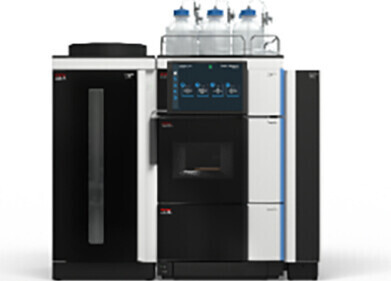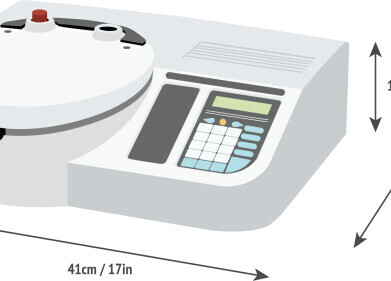Chromatography
Why Does Underarm Sweat Smell?
Aug 31 2020
A team of researchers from the University of York has uncovered new information on the chemical processes behind body odour. The team traced the source of the sour smell to a particular enzyme that lives in the human armpit. Found in a certain type of microbe called Staphylococcus hominis, the enzyme is activated when microbes eat other compounds found on the skin. This releases a by-product called thioalcohols, which is responsible for the offensive odour.
Senior microbiologist Professor Gavin Thomas says the study could help develop new formulas for deodorants and antiperspirants. “We’ve discovered how the odour is produced,” he says. “What we really want to understand now is why.”
Exploring the chemical processes of body odour
Previous studies have shown that most microbes aren’t capable of producing thioalcohols. Staphylococcus hominis is different, producing the by-product when it consumes Cys-Gly-3M3SH, a chemical compound released by armpit sweat glands.
The findings of the study were reported in the journal Scientific Reports, with Thomas and the team explaining how they mapped out the functions of Staphylococcus hominis to learn about the production of thioalcohols. During the research, they discovered the process is powered by an enzyme that converts Cys-Gly-3M3SH into thioalcohol.
“The bacteria take up the molecule and eat some of it, but the rest they spit out, and that is one of the key molecules we recognise as body odour,” says Thomas.
A new era of antiperspirant
The research was carried out in collaboration with Unilever, a multinational consumer goods company responsible for popular deodorant brands such as Rexona. For Thomas, the scope to target odour producing microbes without affecting the entire armpit microbial community is a big opportunity. “If you can have a more targeted approach that selectively knocks down Staphylococcus hominis, it could be longer lasting,” he says.
So what’s the role of body odour? Thomas and his team muse that humans may have inherited odour producing microbes from primate ancestors around 60 million years ago. Body odour is only produced when a human hits puberty, suggesting it may have played a role in shaping ancient societies and social roles.
“All we can say is this is not a new process. BO was definitely around while humans were evolving,” says Thomas. “It’s not impossible to imagine these were important in the evolution of humans. Before we started using deodorants and antiperspirants, in the last 50 to 100 years, everyone definitely smelled.”
From mapping the mechanics of body odour to identifying substances, advanced equipment plays an important role in scientific developments. To find our more about the latest chromatography developments don’t miss ‘Biphenyl Modified Silica Stabilised by Bulky Substituents - A New Stationary Phase for HPLC’ spotlighting NUCLEOSHELL® Biphenyl, a new biphenyl modified core shell silica.
Digital Edition
Lab Asia Dec 2025
December 2025
Chromatography Articles- Cutting-edge sample preparation tools help laboratories to stay ahead of the curveMass Spectrometry & Spectroscopy Articles- Unlocking the complexity of metabolomics: Pushi...
View all digital editions
Events
Jan 21 2026 Tokyo, Japan
Jan 28 2026 Tokyo, Japan
Jan 29 2026 New Delhi, India
Feb 07 2026 Boston, MA, USA
Asia Pharma Expo/Asia Lab Expo
Feb 12 2026 Dhaka, Bangladesh



















